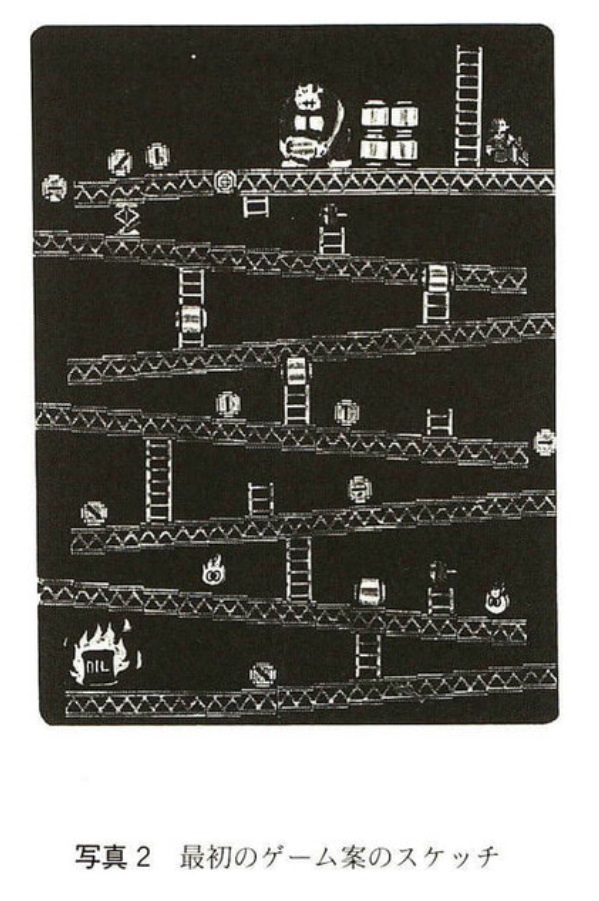The name of Ikegami Tsushinki Co. is a bit better known nowadays. For a long while Nintendo was content to just let the world believe they were entirely responsible for their early blockbuster arcade hit Donkey Kong, but eventually word got out that all of its program, and large portions of its design, were the work of a number of uncredited employees of that company. While Nintendo owns the trademarks over the game, the copyright of the arcade game’s code appears to be owned by Ikegami Tsushinki, or perhaps held in joint between them and Nintendo.

Which is it precisely? Look, when you write a daily blog you don’t have time to hunt up Japanese legal records. What is important though is that this is why Nintendo doesn’t have the rights to just rerelease arcade Donkey Kong willy-nilly. To date, they have used it once since the classic arcade era: an inclusion in the N64 Rare title Donkey Kong 64. Mind, there has been an Arcade Archives release from Hamster; I presume they got the rights from both Nintendo and Ikegami Tsushinki. It’s for this reason that Nintendo almost always presents NES Donkey Kong in compilations, which is similar but differs from the arcade game in many important ways.
Hirohisa Komanome was one of the people at that company that worked in concert with Nintendo’s Shigeru Miyamoto, and several other employees of Ikegami Tsushinki, to complete the design and implement Donkey Kong from Miyamoto’s notes, finishing it in only around three months. Donkey Kong came out in July of 1981, meaning it was probably began around the beginning of the year. The quickness of their work would prove to be essential: remember, the American arcade industry collapsed in 1983, when many promising games would be abandoned or released to greatly diminished profits. If Donkey Kong had been released a little later, it may not have become such a fondly remembered hit.
Kate Willaert commissioned the translation by Alex at Shumplations of an article written by Hirohisa Komanome that was published in 1997 in the Japanese publication bit. It’s up on their site here. Given that Nintendo tends to be very tight-lipped when letting their employees talk to the press, it’s probably good for us that Donkey Kong was implemented by an outside company, or else this account of the game’s creation may never have seen print, or our eyes.
Donkey Kong: A Record of a Struggle translated into English (shmuplations.com)
